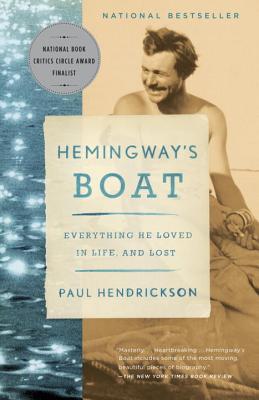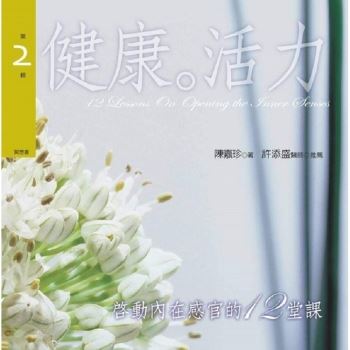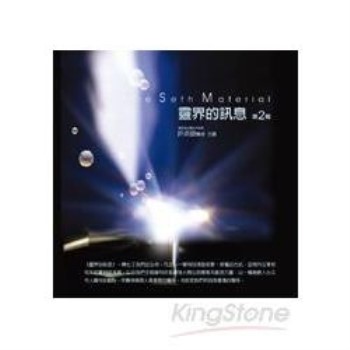美國國家書評獎得主書寫海明威生命中最無可取代的一段時光
內容聚焦於1934至1961年間,潛心研究海明威長達三、四十年的作者Paul Hendrickson,透過海明威在愛船Pilar上的生活點滴,以未曾公諸於世的新史料帶領讀者更進一步地認識性格分明的文豪人生。
彼時海明威從美國佛羅里達的西嶼出發,一路航行造訪巴黎、非洲、古巴,最後回到愛達荷州。出航時意氣風發,在遊艇上與作家、名流們飲宴遊憩,與妻兒們相處嬉戲;後段卻遭逢人生旅途上的低潮,黯然返航。
書中從聲名鵲起的風光寫到晚期被質疑寫作能力的難堪,包括航行歲月中他參與戰爭、與好友反目、和變裝癖么兒的相處細節等,無論好壞皆赤裸裸地呈現,文豪一生菁華的三十年可謂盡付此書中。(文/博客來編譯)
From a National Book Critics Circle Award winner, a brilliantly conceived and illuminating reconsideration of a key period in the life of Ernest Hemingway that will forever change the way he is perceived and understood.
Focusing on the years 1934 to 1961—from Hemingway’s pinnacle as the reigning monarch of American letters until his suicide—Paul Hendrickson traces the writer’s exultations and despair around the one constant in his life during this time: his beloved boat, Pilar.
We follow him from Key West to Paris, to New York, Africa, Cuba, and finally Idaho, as he wrestles with his best angels and worst demons. Whenever he could, he returned to his beloved fishing cruiser, to exult in the sea, to fight the biggest fish he could find, to drink, to entertain celebrities and friends and seduce women, to be with his children. But as he began to succumb to the diseases of fame, we see that Pilar was also where he cursed his critics, saw marriages and friendships dissolve, and tried, in vain, to escape his increasingly diminished capacities.
Generally thought of as a great writer and an unappealing human being, Hemingway emerges here in a far more benevolent light. Drawing on previously unpublished material, including interviews with Hemingway’s sons, Hendrickson shows that for all the writer’s boorishness, depression, and alcoholism, and despite his choleric anger, he was capable of remarkable generosity—to struggling writers, to lost souls, to the dying son of a friend.
We see most poignantly his relationship with his youngest son, Gigi, a doctor who lived his adult life mostly as a cross-dresser, and died squalidly and alone in a Miami women’s jail. He was the son Hemingway forsook the least, yet the one who disappointed him the most, as Gigi acted out for nearly his whole life so many of the tortured, ambiguous tensions his father felt. Hendrickson’s bold and beautiful book strikingly makes the case that both men were braver than we know, struggling all their lives against the complicated, powerful emotions swirling around them. As Hendrickson writes, “Amid so much ruin, still the beauty.”
Hemingway’s Boat is both stunningly original and deeply gripping, an invaluable contribution to our understanding of this great American writer, published fifty years after his death.












